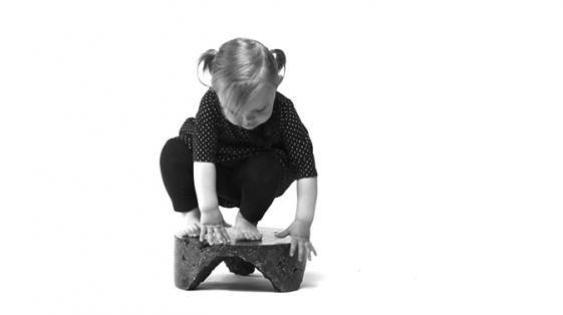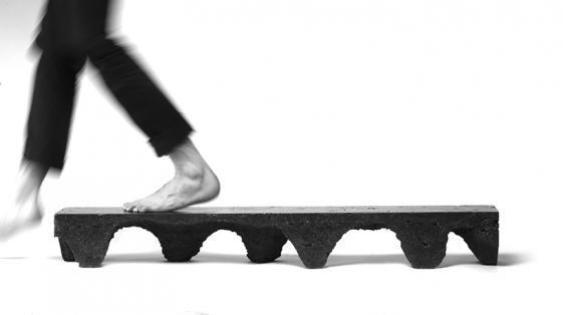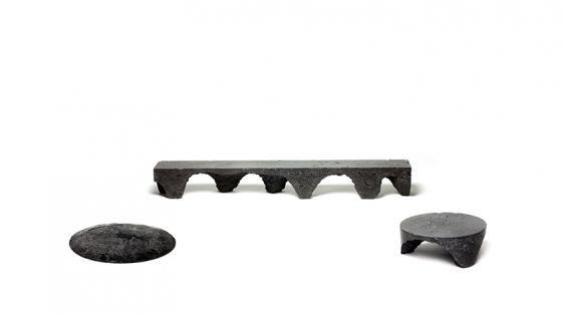Poetry and the Designed Moment
Haiku enables us to perceive and describe the world through our senses. Good haiku juxtaposes multiple sensory experiences in the same poem. For example, a haiku may juxtapose the description of a smell with an experience of touch. Another aspect of haiku is the way it depicts everyday things by celebrating their beauty. By calling out the aesthetic qualities of ordinary experiences, they become more meaningful, significant, and pleasurable to the user.
Haiku combines simplicity and complexity to create fullness. It is simple in physical form, but complex in the way it relates to a person and an experience, drawing upon a reader’s memories and past experiences to make it more meaningful. How can designers incorporate a more personal and emotional approach in their work? One option is to include the designer’s perspective on life and their experience in their design.
My masters project includes a concrete platform created for the kind of squatting or sitting that’s often done in Asia, based on the idea of stillness in everyday life. The concrete has a tactile quality that relates to memories of walking on concrete as a child and symbolizes peace, connecting my personal life as well as to other cultures. A designer’s choice of material should be informed by something outside the project; in this case, the concrete is informed by personal experience.
I believe that it is important to have a design intent, but that it is also important to understand that your intent may not always be understood. As a designer, you do your best to make your intentions known. That said, there’s a certain beauty when things are used in ways other than intended.
I do what I can to make my intention as clear as possible. My concrete stool has sharp angles and soft slopes in an effort to guide the user to sit a certain way. Suppose someone says, “I’ve found a problem. I want to solve the problem. I solve it. I ship it out. Then no one will have any more problems.” My approach is less cut and dry—I consider problems and inefficiencies as positives. If you respond to and solve a list of problems, what happens thirty years later? As designers, we may have created a half million more problems than we’ve actually solved—problems of larger cultural import. Is it more meaningful for the designer to engage with culture and society through products as opposed to solving problems for culture and society? This is a shift in values that I’m interested in pursuing.



